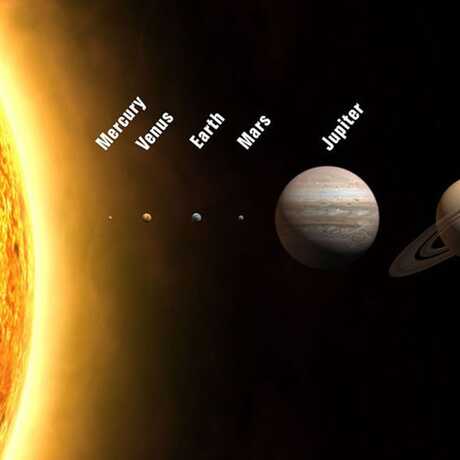Each month, renowned astronomers share their latest research at Morrison Planetarium.
Universe Update
Rolling Grains of Sand on the Red Planet

When scientists first spotted dark streaks on the surface of Mars, the team thought they were looking at flows of water. After all, that’s what water features on our planet look like. And the streaks, called recurring slope lineae (RSL), appear seasonally, during the hottest temperatures on the Red Planet. Melting ice, perhaps.
But that much water on such a dry planet seemed strange. There could be enough for microbial life if the RSL were water, but previous findings held that the surface of Mars is exposed to a cold, thin atmosphere where flowing water like this shouldn’t exist.
So Colin Dundas of the U.S. Geological Survey and colleagues decided to investigate. Using the High Resolution Imaging Science Experiment (HiRISE) camera on the Mars Reconnaissance Orbiter (MRO), the team examined 151 RSL features at 10 sites on the Red Planet. They published their findings this week in Nature Geoscience.
The scientists discovered that most of the RSL are found at slopes steeper than 27 degrees. Flows due to liquid water would extend to less steep slopes. They would also require the volume of liquid to correspond to the length of slope available, producing more liquid on longer slopes. But the examined sites all end on similar slopes despite very different lengths. Additionally, the team says, water is unlikely to be produced only near the tops of slopes at these angles and if it were, it should be able to flow onto lower slopes.
Not water, then what? Sand, says the team. The terminal end of the RSL slopes, explains Dundas, are identical to the slopes of sand dunes where movement is caused by dry granular flows. These match the dynamic angle of repose seen in the slumping dry sand of dunes on Earth.
“We’ve thought of RSL as possible liquid water flows, but they seem to act more like dry sand,” said lead author Dundas. “This suggests that the surface of Mars is quite dry today.”
“The RSL on Mars behave in a similar way to laboratory experiments on Earth,” says team member, Jim McElwaine of the Planetary Science Institute. “What is still not understood is where the supply of fresh material comes from, though we do have some speculative ideas.”
“The atmosphere of Mars is so dry and its pressure so low that pure or nearly-pure liquid water is not stable in the surface environment,” notes David Des Marais, Academy Fellow and Senior Space Scientist at NASA Ames Research Center. “Some dense brines would be stable, and seasonal changes might warm small quantities sufficiently to ‘lubricate’ sand and activate the recurring RSL. But such brines would be much too salty to sustain the activity and long-term survival of the most salt-tolerant microorganisms.”
Although less than friendly to life, RSL still could provide intriguing clues to how Mars works. If atmospheric water vapor is a trigger, then a question is why the RSL appear on some slopes but not others, so we likely need to look beyond what we know here on Earth. “RSL probably form by some mechanism that is unique to the environment of Mars,” HiRISE Principal Investigator Alfred McEwen of the University of Arizona says, “so they represent an opportunity to learn about how Mars behaves, which is important for future surface exploration.”
“Full understanding of RSL is likely to depend upon on-site investigation of these features,” concludes Rich Zurek of NASA’s Jet Propulsion Laboratory.
RSL are likely too steep for NASA’s Mars 2020 mission to explore, but perhaps a future mission can get to the bottom of these mysterious streaks.


